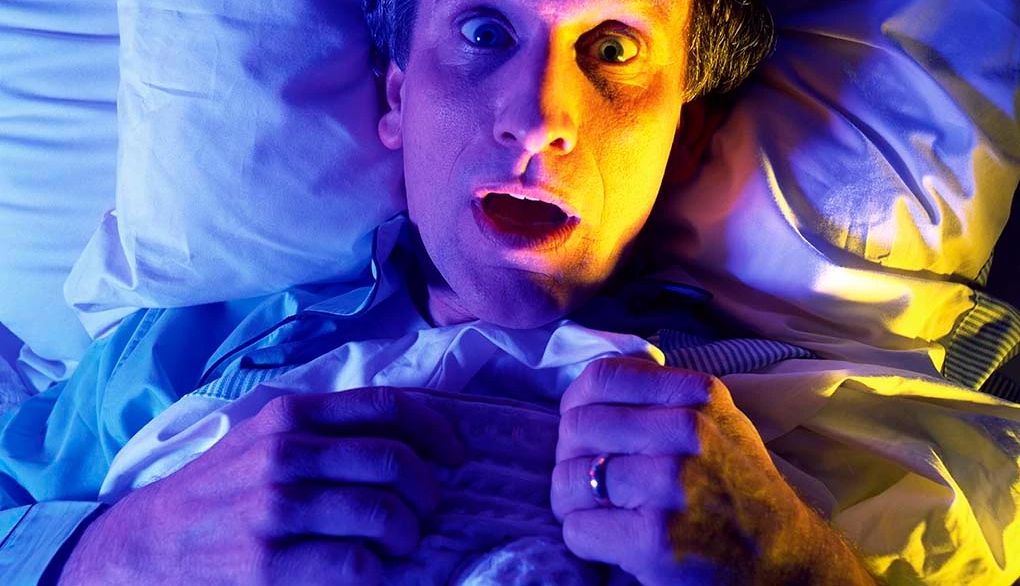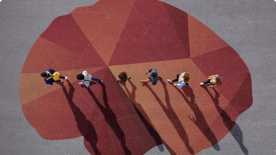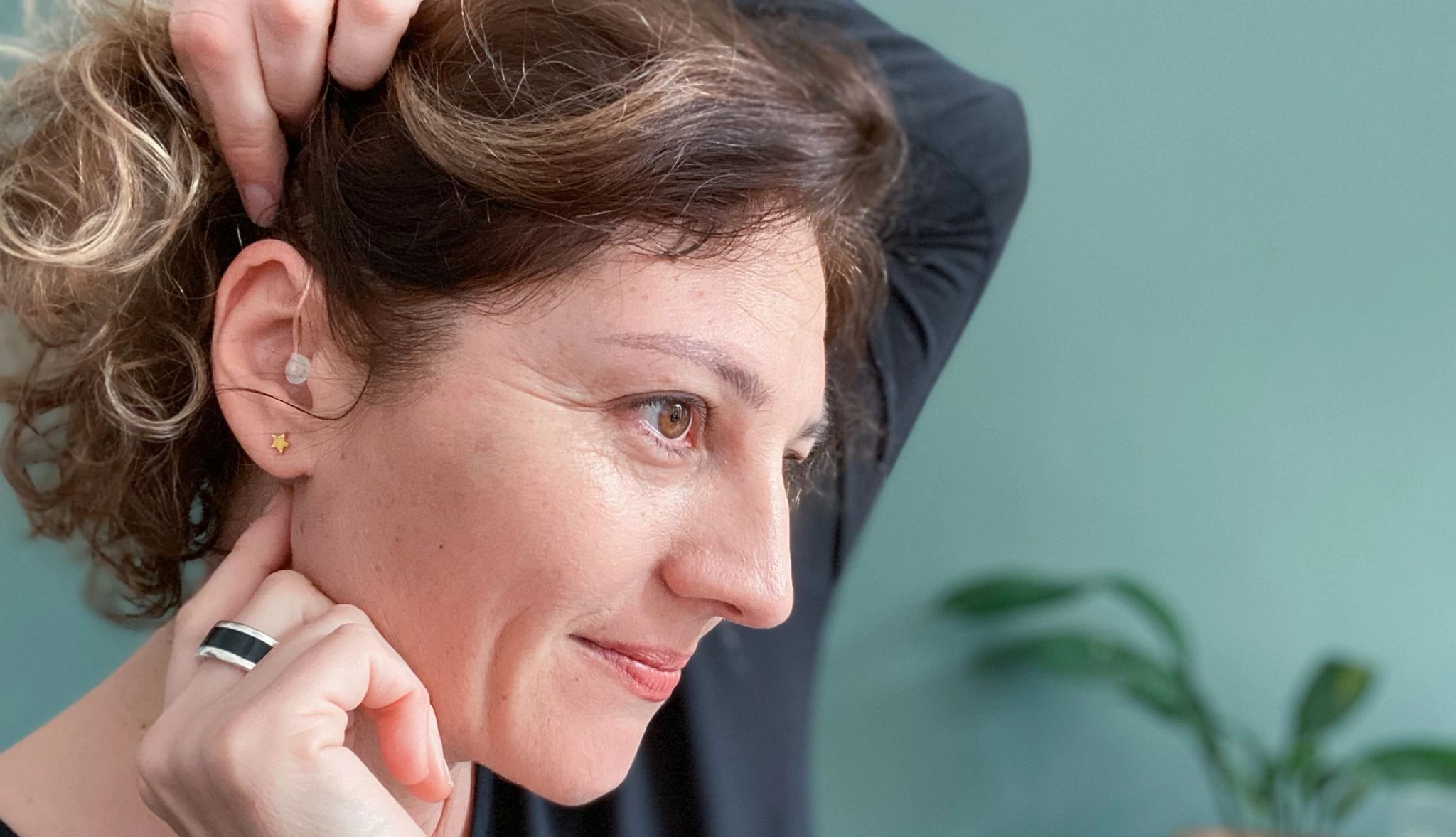Challenges


Whether it’s a neighbor’s barking dog, your snoring spouse or that extra glass of wine you had with dinner, there are plenty of things that can sabotage a good night’s sleep. A big one is artificial light.
A growing body of research reveals that the conveniences we take for granted, like flipping on a light switch or powering up an electronic device, come at a cost to our sleep. Less time spent outdoors in natural daylight, combined with more time exposed to artificial light at night, is likely messing with our circadian rhythms, in part by suppressing the production of melatonin, a hormone that tells the body when it's time to go to sleep. Blue light seems to have the strongest effect on our sleep patterns — and compared with old-school incandescent light bulbs, today’s energy-efficient LED bulbs put out a lot more blue light.
“Things have changed drastically since electricity began lighting our homes a little more than a century ago; we've become a 24/7 society, living in environments that are lighted 24 hours a day,” says Maurice Ohayon, M.D., a professor of psychiatry and behavioral sciences at Stanford University School of Medicine. Ohayon coauthored a study that found that people living in well-lit urban areas were 6 percent more likely to sleep fewer than six hours per night than people in less intensely lit areas. His research, published in 2016 in the journal Sleep, involved nearly 16,000 adults 18 and older who were interviewed over an eight-year period about their sleep habits and quality of sleep.
More recent studies back him up. In a cross-sectional study of 333,365 middle-aged and older adults published in 2019 in Environmental Research, scientists evaluated participants’ self-reported sleep schedules and used satellite technology to determine how much outside artificial light from streetlights and other buildings each person was exposed to at night. They concluded that those exposed to the most artificial light at night were more likely to sleep for fewer than seven hours.
Indoor artificial light may play a big role as well. A systematic review and meta-analysis of seven studies with 577,932 participants of all ages linked higher levels of exposure to artificial light at night with a 22 percent increased prevalence of sleep problems. The study, published in 2022 in Science of the Total Environment, found that indoor artificial light — from light fixtures, electronic devices and the like — was significantly more disruptive to sleep than outdoor artificial light.
You can take action today: Ohayon, who heads up Stanford’s Sleep Epidemiology Research Center, recommends using blackout shades or sleep masks in the bedroom and limiting LED light exposure from cellphones and computers near bedtime.












More From Staying Sharp
Try a Breathing Exercise to Ease Into Sleep
Inhale, exhale, repeat
Your Brain on Sugar
The not-so-sweet news on what the sticky stuff does to your brainBoot Pets From Your Bed
Cuddle with your furry friend during daytime hours